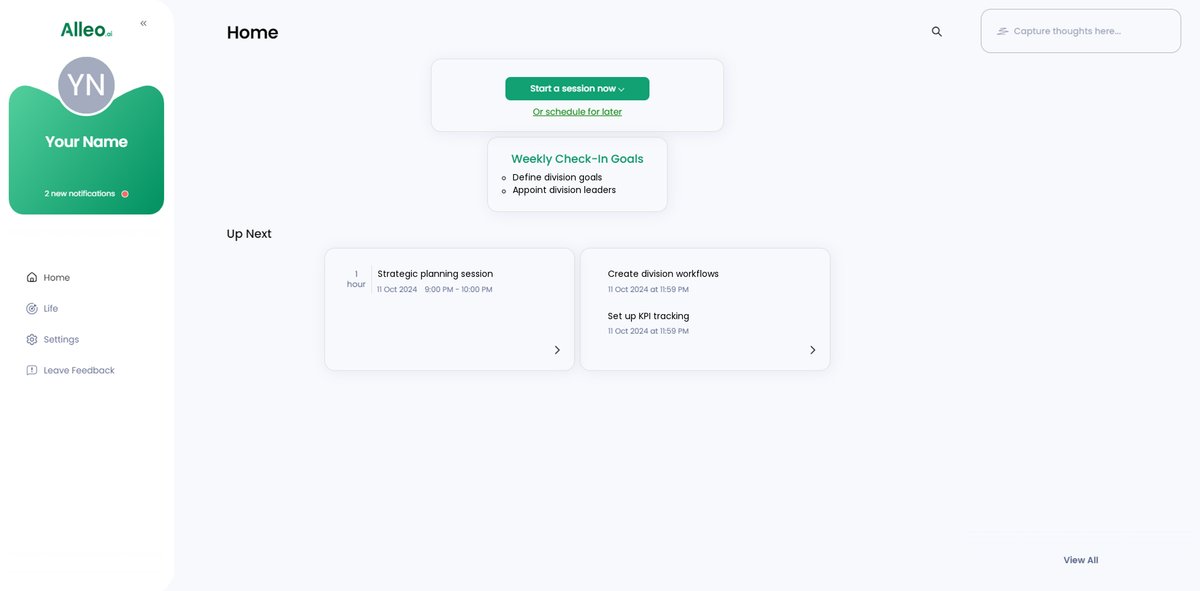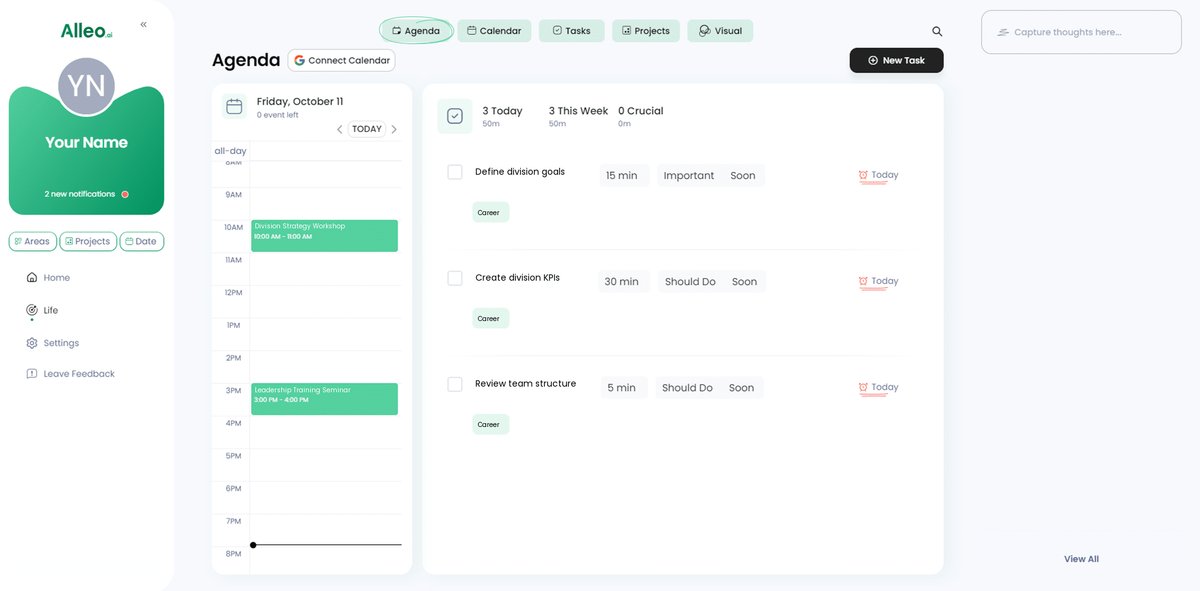Master Strategies for Effectively Separating Business Divisions: A Comprehensive Guide
Are you struggling with conflicts and inefficiencies in your company’s divisions? Imagine a smoother operation where each unit excels independently. Effective business division separation strategies can help achieve this goal.
As a life coach, I’ve helped many tech managers navigate organizational change management. In my experience, clear separation can transform performance and facilitate strategic planning for business unit autonomy.
In this article, you’ll learn effective business division separation strategies. We’ll cover goal-setting, leadership, KPIs, and operational processes, addressing challenges in division separation and post-separation performance metrics.
Let’s dive into corporate restructuring techniques and business unit divestiture.

Understanding the Challenges of Division Separation
As tech managers, you know that overlapping roles between divisions can lead to chaos. In my experience, many clients initially struggle with division clarity when implementing effective business division separation strategies.
Conflicts of interest often arise when your teams don’t have distinct boundaries. You might see inefficient operations and suboptimal performance, which are painful for any manager overseeing organizational change management.
The need for change is clear. Addressing these issues can significantly improve efficiency and division success through strategic planning for business unit autonomy.
It’s not just about making changes; it’s about making the right changes in corporate restructuring techniques.
In the next sections, we’ll discuss practical steps to separate your business divisions effectively, including operational challenges in division separation.

A Roadmap to Effective Division Separation
Overcoming this challenge requires a few key steps. Here are the main areas to focus on to make progress with effective business division separation strategies.
- Define clear goals for each business division: Conduct strategic planning for business unit autonomy, establish SMART goals, and communicate them clearly as part of organizational change management.
- Establish separate leadership and teams: Appoint dedicated leaders, form specialized teams, and foster autonomy, considering employee communication during division.
- Implement division-specific KPIs and metrics: Identify KPIs, set up tracking systems, and conduct performance reviews as post-separation performance metrics.
- Create distinct operational processes: Develop tailored workflows, implement specific tools, and continually refine processes to address operational challenges in division separation.
Let’s dive into these effective business division separation strategies!
1: Define clear goals for each business division
Setting clear goals for each business division is essential for ensuring organizational success and alignment, especially when implementing effective business division separation strategies.
Actionable Steps:
- Conduct strategic planning sessions: Organize workshops with division leaders to outline each division’s mission, vision, and strategic goals for business unit autonomy.
- Establish short-term and long-term goals: Develop SMART goals for each division, complete with timelines and milestones, considering operational challenges in division separation.
- Communicate goals clearly: Use internal communication tools and visual aids to ensure all team members understand their division’s objectives, facilitating employee communication during division.
Explanation:
Establishing clear goals helps align each division with the company’s overall objectives and enhances focus and accountability. According to ClearPoint Strategy, defining strategic goals at different organizational levels is crucial for achieving success in corporate restructuring techniques.
These steps ensure that each division knows its purpose and can work towards common targets, ultimately leading to improved efficiency and performance in business unit divestiture.
Key benefits of clear goal-setting include:
- Improved focus and direction for each division
- Enhanced alignment with overall company objectives
- Increased motivation and accountability among team members
Following these steps will create a solid foundation for your divisions, paving the way for effective separation and operational excellence in organizational change management.

2: Establish separate leadership and teams
Establishing separate leadership and teams is crucial for achieving clear division boundaries and operational efficiency in effective business division separation strategies.
Actionable Steps:
- Appoint dedicated leaders: Identify and promote capable leaders from within or hire externally. Clearly define their roles and responsibilities as part of your organizational change management.
- Form specialized teams: Recruit or reorganize teams to focus on division-specific tasks. Ensure each team has the skills and resources needed for success in business unit divestiture.
- Foster a culture of autonomy: Encourage leaders to make independent decisions that align with their division’s goals. Provide leadership training to enhance decision-making skills and strategic planning for business unit autonomy.
Explanation:
Establishing separate leadership and teams ensures each division has focused leadership and specialized skills, leading to improved performance in corporate restructuring techniques.
According to ZoomInfo, separating business roles optimizes performance and accountability. By fostering autonomy, you empower leaders to make effective decisions that drive their division’s success, addressing operational challenges in division separation.
This approach will set a strong foundation for your divisions, ensuring clarity and efficiency moving forward in effective business division separation strategies.

3: Implement division-specific KPIs and metrics
Creating division-specific KPIs and metrics is essential for tracking and enhancing performance in effective business division separation strategies.
Actionable Steps:
- Identify key performance indicators (KPIs): Collaborate with division leaders to determine relevant KPIs for each division. Ensure these KPIs align with the division’s strategic goals and support business unit autonomy.
- Set up a tracking system: Use project management tools to monitor KPIs. Regularly review performance data and adjust strategies as needed, addressing operational challenges in division separation.
- Conduct performance reviews: Schedule periodic reviews to assess progress toward KPIs. Provide feedback and support to help teams improve their performance and adapt to organizational change management.
Explanation:
Implementing division-specific KPIs ensures each division focuses on its unique objectives and measures success accurately. According to AuditBoard, regular performance reviews and tracking are crucial for effective risk management and operational success.
By aligning KPIs with division goals, you can enhance accountability and drive better results in corporate restructuring techniques.
Examples of effective KPIs for different divisions:
- Sales: Revenue growth, customer acquisition cost, sales cycle length
- Marketing: Lead generation, conversion rates, return on marketing investment
- Customer Service: Customer satisfaction score, response time, first-call resolution rate
These steps help maintain clarity and focus, enabling your divisions to excel independently and efficiently as part of effective business division separation strategies.

4: Create distinct operational processes
Creating distinct operational processes is crucial for achieving clarity and efficiency in each business division, which is a key aspect of effective business division separation strategies.
Actionable Steps:
- Develop tailored workflows: Design operational processes that align with each division’s specific needs. Document and standardize these workflows for consistency, which is essential in organizational change management.
- Implement division-specific tools and technologies: Invest in software and tools that cater to the unique requirements of each division. Train teams on how to use these tools effectively, supporting strategic planning for business unit autonomy.
- Monitor and refine processes: Continuously evaluate the efficiency of operational processes. Make adjustments based on feedback and performance data, addressing operational challenges in division separation.
Explanation:
Implementing distinct operational processes ensures that each division operates smoothly and efficiently. According to Microsoft Azure, organizing resources and processes enhances management and cost tracking.
By using specialized tools and refining workflows, you can optimize performance and reduce operational disruptions, which is crucial for corporate restructuring techniques.
Benefits of creating distinct operational processes:
- Improved efficiency and productivity within each division
- Reduced inter-divisional conflicts and miscommunications
- Enhanced ability to adapt to division-specific challenges
This approach will help each division function independently, leading to improved overall efficiency and success in implementing effective business division separation strategies.

Partner with Alleo for Effective Division Separation
We’ve explored the challenges of separating business divisions. But did you know you can work directly with Alleo to make this journey easier and faster? Our effective business division separation strategies can streamline your corporate restructuring techniques.
Start by setting up an account, which is quick and easy. Create a personalized plan tailored to your division’s needs, focusing on strategic planning for business unit autonomy.
Alleo’s AI coach will help you set and track SMART goals. Use it to support your leadership in making informed decisions, especially when dealing with organizational change management.
Alleo will help you plan and manage division-specific workflows and timelines, addressing operational challenges in division separation.
The AI coach will follow up on your progress, handle changes, and keep you accountable via text and push notifications, ensuring effective employee communication during division.
Try Alleo with a free 14-day trial, no credit card required. Experience how our tools can assist with asset allocation in business separation and post-separation performance metrics.
Ready to get started for free and implement effective business division separation strategies?
Let me show you how!
Step 1: Log In or Create Your Account
To begin your journey towards effective division separation, log in to your existing Alleo account or create a new one in just a few clicks.

Step 2: Choose Your Focus Area
Select “Setting and achieving personal or professional goals” to align your efforts with the division separation strategies outlined in the article, helping you track progress and drive success in your newly defined business units.

Step 3: Select “Career” as Your Focus Area
Choose “Career” as your focus area in Alleo to align with your goal of improving business division separation, allowing the AI coach to provide tailored strategies and insights for organizational efficiency and leadership development.

Step 4: Starting a coaching session
Begin your journey with Alleo by scheduling an intake session to set up your personalized plan for effective division separation and goal achievement.

Step 5: Viewing and managing goals after the session
After your coaching session, access the goals you discussed by opening the Alleo app and checking the home page, where you can easily view and manage your division’s objectives.

Step 6: Adding events to your calendar or app
Use Alleo’s calendar and task features to track your progress in separating business divisions by adding key milestones, meetings, and deadlines related to your organizational changes.

Bringing It All Together: Your Path to Success
You’ve learned how to define clear goals, establish separate leadership, and create distinct operational processes as part of effective business division separation strategies.
Remember, each step builds towards a more efficient and focused organization. Clear division boundaries lead to reduced conflicts and improved performance, which are key aspects of organizational change management.
You’re not alone in this journey. I’ve seen many tech managers transform their operations with these corporate restructuring techniques.
It’s time to take action. Implement these changes and watch your divisions thrive through strategic planning for business unit autonomy.
For extra support, consider using Alleo to guide you. With its AI capabilities, goal-setting, and habit-building features, Alleo can be your partner in achieving division success and addressing operational challenges in division separation.
Don’t wait. Start your free 14-day trial today and explore effective business division separation strategies.